 The twittersphere erupted with news of GM’s announcement that it was refusing to pay for 2013 Super Bowl advertisements and $10 Million worth of advertising on Facebook.
The twittersphere erupted with news of GM’s announcement that it was refusing to pay for 2013 Super Bowl advertisements and $10 Million worth of advertising on Facebook.
Much of the popular press and self-proclaimed social media experts are jumping on the bandwagon and calling GM “idiots” for ending their advertising of Facebook and talking about how GM “doesn’t get” social media. If you listen to the amount of noise out there you would think that there was consensus that GM was wrong in making these moves.
I disagree. GM is making the right move.
Companies need to re-think how they spend money on marketing and advertising to make money in the showroom. Traditional advertising is becoming more expensive all the time and as the saying goes “I know I’m wasting half of the money I spend on advertising, only I don’t know which half.” The key here is that with advertising you pay to blast everyone that sees it with a single message – including people who just bought what you sell and those who will never buy what you sell just to hit the people who are considering a purchase of what you sell. As a result it is expensive and nearly impossible to place the right message with the right people at the time (and only those people). So I am not surprised at all that GM is re-evaluating its advertising spend, possibly investing more (not less) in the future in social media. Done well, you can be more impactful with pull marketing and social media than you can with push marketing and advertising.
So, personally it seems odd to me that so-called social media experts are in favor of a company spending money advertising on social networks. Wouldn’t it be smarter for them to advocate that GM spend money on build an interactive, engagement-driving social media campaign instead of spending money on advertising?
Something like the Chevy Game Time App?
Wait a minute, did the same company that doesn’t “get social media” launch an app built by hometown company – Detroit Labs – before Super Bowl 2012 that rocketed into the Top 10 free apps for the iPhone on Apple’s App Store (a top 10 that included Facebook and Instagram)?
“For all intents and purposes, all of the expectations that we had and that GM had were far exceeded… in a positive way!”
– Henry Balanon, Detroit Labs Co-Founder
Hmmmm…
First let’s be clear. Social networks and social media are two separate things, but people talk about them as is if they were one thing.
A social network is a place where people connect online and interact, whereas social media is content that is created to be shared. But, many so-called social media experts confuse the two, and confuse advertising with social media too. Advertising on a social network is not a social media strategy – it’s still advertising. Identifying the content that you should place on your Facebook page or other digital destination and creating a reason for people to tell others that they should come to that digital destination, well that’s a social media strategy.
Now, I must disclose that I specialize in helping companies creating pull marketing strategies to drive an increase in inbound sales leads by researching the customer purchasing journey online and then helping them attract and engage customers, partners, or employees by placing the right content in the right places at the right time. Part of this is achieved by using my proprietary single content input, multiple content output methodology and yes, that sometimes includes using social media. But social media is a tool not a religion, and it needs to be used only when appropriate.
I think GM made the right call in ceasing to advertise on the Super Bowl and Facebook and here’s why:
- Super Bowl advertisements are expensive and for GM much of the cost is allocated against people who will probably NEVER buy a GM car
- Facebook advertising is not very prominent or engaging
- Their Chevy Game Time App experience should have given GM an idea that next year they can drive huge engagement during the Super Bowl (without advertising)
If GM is so clueless at social media, then why does the Facebook page for Chevrolet look so much better than the Facebook page for Ford or Toyota or Dodge. Honda is the only one I looked at amongst the car companies that had a more social feel at first glance, oh and Honda has the most likes of these companies too – go figure. But the engagement of people on Facebook around these brands is tiny in comparison to BMW, Mercedes-Benz, and Harley-Davidson – both in terms of the numbers of likes and the number of people talking about them.
So, yes GM still has things to learn about engaging on social media (and about building better products too), but then so does every company. Social media and pull marketing are two new tools in the toolbox for every CMO, brand manager, and product marketer, but as long as we all continue to instrument for learning, as marketers we will continue to get better at utilizing these new tools to attract, engage, and retain the people who will love our products and services as much as we do.
Keep innovating!
![]() Sign up here to get Human-Centered Change & Innovation Weekly delivered to your inbox every week.
Sign up here to get Human-Centered Change & Innovation Weekly delivered to your inbox every week.
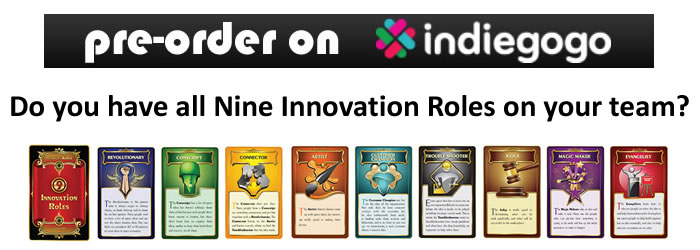

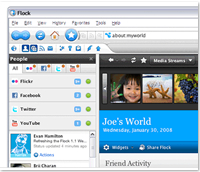 It seems like I can’t get through a day right now without hearing somebody in the media or on the street talking about social media. I think it is great that social media has captured people’s attention, but will having more communication channels improve conversational marketing?
It seems like I can’t get through a day right now without hearing somebody in the media or on the street talking about social media. I think it is great that social media has captured people’s attention, but will having more communication channels improve conversational marketing?
 It used to be that when you formed a rock band to seek fame and fortune, all you had to do was find a lead singer, a guitarist, a bass player, a drummer, and maybe another guitarist or a keyboard player if you wanted a richer sound. But the digital age presents a level of complexity and opportunity that John, Paul, and Ringo never had to deal with.
It used to be that when you formed a rock band to seek fame and fortune, all you had to do was find a lead singer, a guitarist, a bass player, a drummer, and maybe another guitarist or a keyboard player if you wanted a richer sound. But the digital age presents a level of complexity and opportunity that John, Paul, and Ringo never had to deal with. Are you looking for a way to increase the innovation knowledge in your organization?
Are you looking for a way to increase the innovation knowledge in your organization? Despite the fact that Twitter has been around since 2006 and Facebook has been around since 2004, social media is still the bright shiny object in the room (it’s still the current marketing fad). People still think they are being innovative if they use it, and unfortunately many people still approach it as something separate and scary instead of treating it as just one tool in the toolbox of anyone working in marketing or innovation. Yes, I linked social media to innovation in the last sentence and that’s because in the same way that social media is a tool that all marketers must learn how to use as part of an integrated marketing campaign, innovation managers must also learn how to use social media properly as part of their innovation efforts.
Despite the fact that Twitter has been around since 2006 and Facebook has been around since 2004, social media is still the bright shiny object in the room (it’s still the current marketing fad). People still think they are being innovative if they use it, and unfortunately many people still approach it as something separate and scary instead of treating it as just one tool in the toolbox of anyone working in marketing or innovation. Yes, I linked social media to innovation in the last sentence and that’s because in the same way that social media is a tool that all marketers must learn how to use as part of an integrated marketing campaign, innovation managers must also learn how to use social media properly as part of their innovation efforts.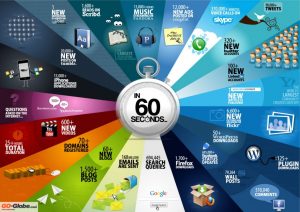
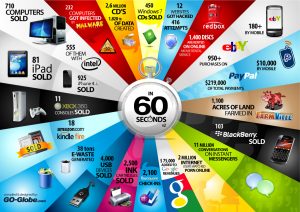
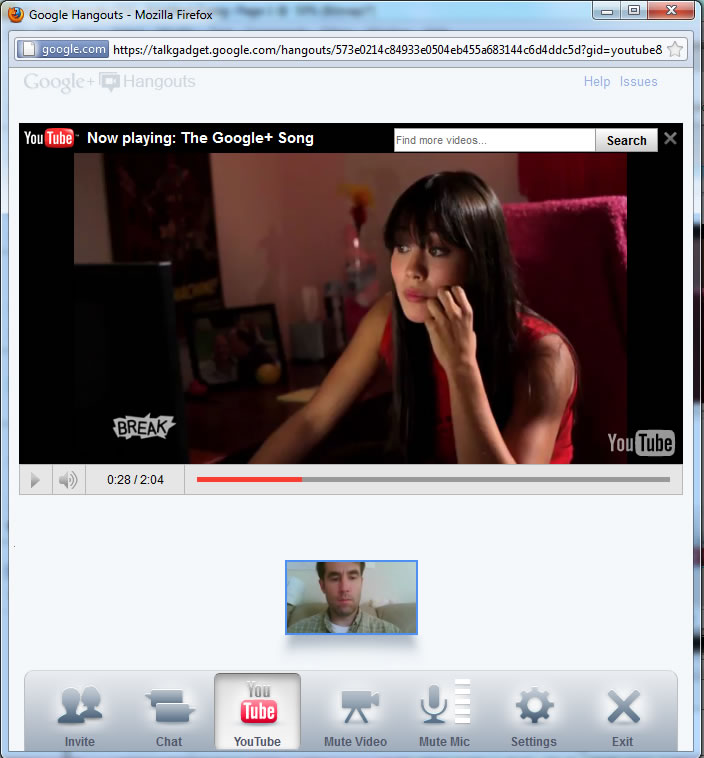

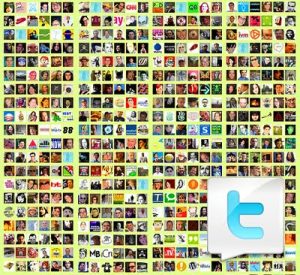 On Thursday, November 18, 2010 at Noon EST I will be participating in a twitter chat at #innochat (6PM in Europe, 9AM on the west coast). One great way to follow along is to use this URL:
On Thursday, November 18, 2010 at Noon EST I will be participating in a twitter chat at #innochat (6PM in Europe, 9AM on the west coast). One great way to follow along is to use this URL:



 I came across the following video of a BMW advertising installation thanks to a tweet from Blogging Innovation contributor
I came across the following video of a BMW advertising installation thanks to a tweet from Blogging Innovation contributor